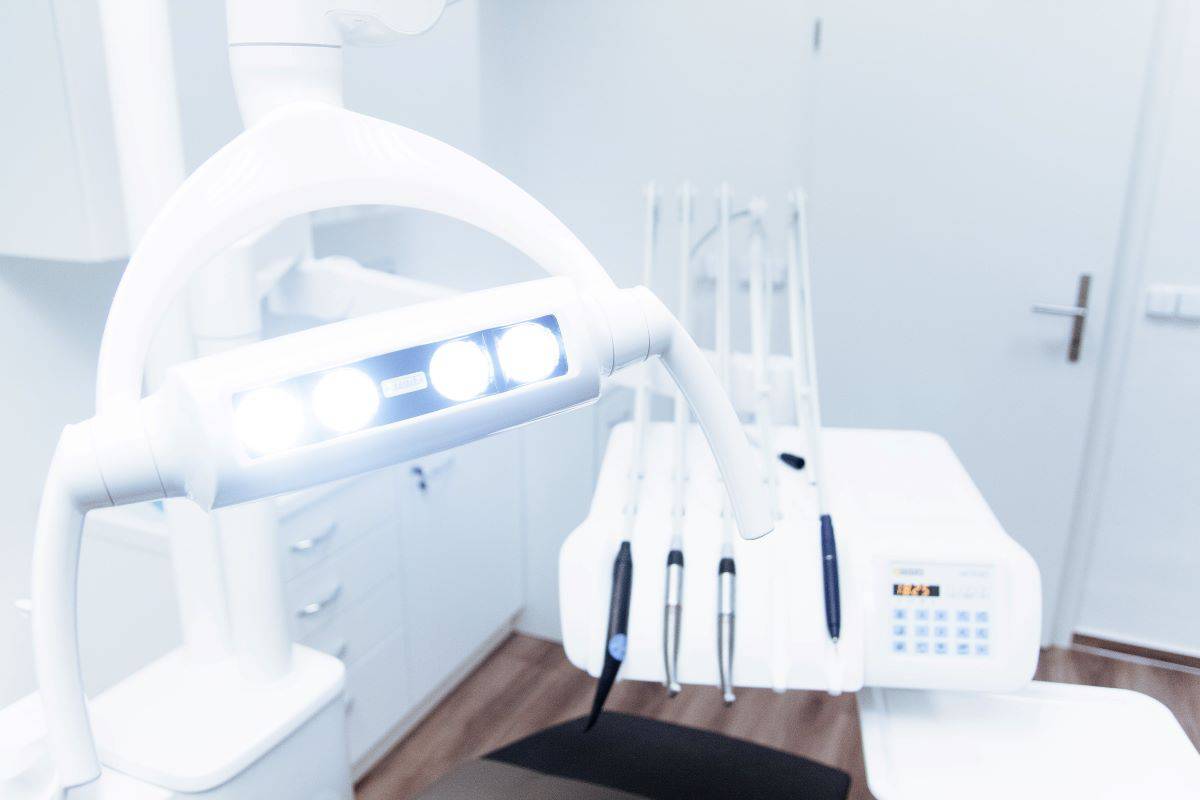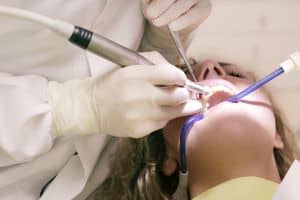
26 Nov Can Chewing Sugar-Free Gum Improve Your Oral Health?
Chewing Sugar-Free Gum Improve Your Oral Health?
In the pursuit of optimal oral health, brushing represents the foundational step. However, the inclusion of sugar-free gum in oral care practices has emerged as a captivating addition, attracting attention due to its supplemental benefits. This innovative approach prompts a deeper exploration into the pivotal role of sugar-free gum within oral hygiene routines and aims to uncover the comprehensive impact it can impart.
Importance of Oral Health
Beyond merely ensuring a charming smile, oral health stands as a cornerstone of holistic well-being. Its significance surpasses aesthetic appeal, intertwining intricately with overall physical health. Neglecting oral care not only invites common issues like cavities and bad breath but can also lead to more far-reaching health complications. Oral health serves as an essential indicator of overall wellness, with its ramifications extending into various spheres of bodily health and functionality. Recognizing its profound impact underscores the necessity of comprehensive oral care practices beyond surface-level aesthetics.
Significance of Chewing Gum
Chewing gum transcends its role as a mere sweet substitute and emerges as a potential ally in enhancing oral health. Its multifaceted significance in oral care deserves meticulous exploration due to its pivotal contributions, particularly in augmenting saliva production and combatting plaque.
Benefits of Chewing Sugar-Free Gum
Reducing Plaque Build-Up
Chewing triggers a significant increase in saliva flow, a natural mechanism that serves as the first line of defense against plaque accumulation. This surge in saliva helps cleanse the mouth by rinsing away food particles and neutralizing acids that foster bacterial growth. How does this continuous rinsing action aid in maintaining oral hygiene and play a crucial role in preventing dental issues such as cavities and gum disease?
Stimulating Saliva Production
Saliva plays a multifunctional role beyond mere lubrication. It acts as a reservoir of oral health benefits, containing enzymes that aid in digestion and antimicrobial properties that combat oral bacteria. Enhanced saliva production fosters a healthier oral environment by minimizing acidity levels, which in turn reduces the risk of enamel erosion and tooth decay. How does the increased presence of saliva contribute to an overall healthier oral ecosystem, supporting the battle against harmful oral bacteria?
Fighting Bad Breath
One of the standout advantages of sugar-free gum lies in its ability to freshen breath. Unlike conventional breath mints that offer momentary relief, sugar-free gum’s continuous stimulation of saliva flow and its ability to dislodge food particles contribute to a sustained improvement in breath freshness. How does this continuous freshness mechanism distinguish sugar-free gum from traditional breath fresheners, making it an effective tool in combating halitosis?
Minimizing Tooth Decay
Can the simple act of chewing gum truly impact the risk of developing cavities? The continuous stimulation of saliva through gum chewing assists in neutralizing harmful acids in the mouth, effectively reducing the risk of enamel erosion and subsequent tooth decay. How does this preventative action contribute to the overall reduction in dental decay?
Potential for Enamel Strengthening
Recent research sheds light on gum’s potential in strengthening tooth enamel. This potential becomes pivotal in fortifying teeth against decay and erosion. How does this emerging understanding of gum’s impact on enamel contribute to bolstering overall oral health, potentially offering innovative preventive measures against dental issues?

Types of Sugar-Free Gum
Understanding the diverse compositions of sugar-free gum is pivotal for making informed choices.
Xylitol-based
Renowned for its natural origins, xylitol-based gum has surged in popularity. What sets it apart in terms of benefits and drawbacks from other variants?
Sorbitol-based
Sorbitol-based gums offer an alternative. What distinctive features make them a contender in the market?
Aspartame-based
With its unique properties, aspartame-based gum boasts a distinct flavor profile. What considerations should users weigh when opting for this type?
Best Practices for Gum Chewing
Frequency and Duration
Optimal frequency and duration of gum chewing play a crucial role in maximizing benefits without triggering adverse effects. What’s the recommended regimen?
Timing after Meals
Is there an optimal post-meal window for chewing gum? How does it complement post-meal oral hygiene practices?
Oral Hygiene Pre and Post Chewing
Establishing effective pre and post-chewing routines significantly contributes to maintaining optimal oral health. What are the recommended practices?

Risks and Precautions
While chewing gum offers benefits, it’s not exempt from potential risks.
Overconsumption Risks
Can excessive chewing lead to unforeseen oral health issues? What should individuals be cautious about?
Potential Allergic Reactions
Are there common allergens in sugar-free gum? Identifying potential allergens is crucial for user safety.
Caution for Dental Work
Individuals undergoing specific dental treatments need to be aware of considerations regarding gum chewing.
Scientific Studies
Venturing into scientific research provides valuable insights into the efficacy and impact of sugar-free gum on oral health.
Studies on Gum’s Impact
Recent studies shed light on the tangible effects of sugar-free gum on various oral health parameters. What are the key findings?
Comparison with Regular Gum
How does sugar-free gum fare against regular gum concerning oral health benefits and associated risks? Let’s compare their impact.
FAQs
Does chewing sugar-free gum replace brushing?
Chewing sugar-free gum can’t serve as a substitute for the thoroughness of brushing, but it plays a supportive role in oral hygiene routines. Brushing remains the cornerstone of effective plaque removal and gum stimulation.
Is sugar-free gum safe for children?
When used under supervision and in moderation, sugar-free gum can be considered safe for children. However, it’s crucial to ensure that children do not swallow gum, as this can pose a choking hazard.
Can excessive chewing lead to jaw problems?
Excessive chewing, especially when done vigorously or for prolonged periods, might strain the jaw muscles and temporomandibular joint (TMJ), potentially leading to discomfort or jaw-related issues. Moderation in chewing is advised to prevent such complications.
How long should one chew sugar-free gum?
The recommended duration for chewing sugar-free gum varies among experts, but a common suggestion is around 20 minutes. This timeframe allows for the benefits of increased saliva production and plaque reduction without overexerting the jaw.
Does gum flavor affect its effectiveness?
While sugar-free gum comes in various flavors, the core effectiveness of enhancing oral health remains consistent across different flavors. The choice of flavor primarily caters to personal preferences rather than altering its oral health benefits.

Can sugar-free gum cause digestive issues?
Sugar-free gum, in rare instances, may cause digestive discomfort, especially with excessive consumption. Some individuals might experience mild gastrointestinal issues, such as bloating or gas. However, these occurrences are infrequent and vary among individuals.
Does chewing sugar-free gum help in preventing dry mouth?
Chewing sugar-free gum can aid in alleviating dry mouth symptoms to some extent. The act of chewing stimulates saliva production, providing temporary relief from dryness in the mouth. However, while it can offer short-term moisture, it might not address the underlying causes of chronic dry mouth. Individuals with persistent dry mouth concerns should consult a healthcare professional for a comprehensive evaluation and appropriate management.
Can sugar-free gum be beneficial for individuals with braces or dental appliances?
For individuals with braces or other dental appliances, sugar-free gum might offer certain benefits. However, caution is advised. Chewing gum should be done with care to avoid damaging brackets, wires, or other orthodontic appliances. Some orthodontists might recommend specific types of sugar-free gum or advise against it entirely, depending on the individual’s specific orthodontic needs. Consulting the orthodontist before incorporating gum into the routine is essential to prevent any potential complications.
In Conclusion
In summary, incorporating sugar-free gum into oral care routines presents a promising opportunity to enhance oral health. Its role in stimulating saliva production, reducing plaque buildup, and potentially fortifying tooth enamel showcases its potential benefits. Yet, the key to leveraging these advantages lies not solely in chewing gum but in the conscientious adoption of best practices and moderation. While sugar-free gum contributes positively to oral hygiene by freshening breath and aiding in oral cleanliness, it’s crucial to exercise restraint and adhere to recommended guidelines. Sensible usage ensures the maximization of benefits while mitigating any potential risks associated with excessive chewing or reliance solely on gum for oral care, highlighting the importance of a holistic approach to oral hygiene practices.


Sorry, the comment form is closed at this time.